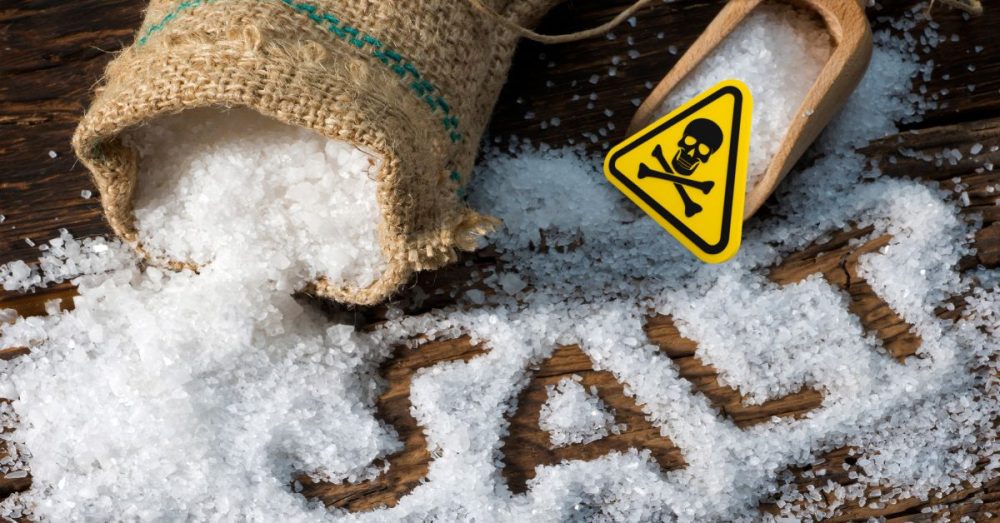Salt has been called the killer twin of sugar, and the more we know about its excess intake, the more we understand its detrimental effects.
The consumption of sodium by Americans exceeds the World Health Organization’s recommended levels by about 70 percent, with nearly 10 percent of deaths from heart disease and stroke in the United States attributed to excessive sodium intake.
According to the Centers for Disease Control and Prevention (CDC), roughly 40% of the sodium consumed by Americans comes from foods such as deli meat, pizza, soups, burgers, and pasta mixed dishes, reported the FDA.
The FDA further noted that “Americans eat about 3,400 mg of sodium per day on average. However, the Dietary Guidelines for Americans recommends adults limit sodium intake to less than 2,300 mg per day—that’s equal to about 1 teaspoon of table salt! For children under age 14, recommended limits are even lower.”
In 2016, the Food and Drug Administration (FDA) initiated a plan to establish sodium reduction targets for packaged and prepared foods. Despite encountering political obstacles, progress has been made in reducing sodium levels. If the White House and Congress support the FDA’s efforts to set sodium reduction goals for the food industry, it could help lower salt intake to recommended levels, as emphasized by HealthAffairs. This could, in turn, lead to the prevention of approximately 450,000 new cases of cardiovascular disease and a reduction in healthcare costs by $41 billion over a 20-year period.
On August 15, 2024, the FDA announced a new set of short-term goals in the second phase, which, if implemented, would further prolong the achievement of their original 10-year objectives. These extensions are anticipated to have serious repercussions. Even if the 10-year goals were formally established today, the FDA’s delays would result in over 250,000 preventable deaths from heart disease and stroke by 2031, reported Health Affairs.
The American Heart Association offers practical tips to help Americans reduce their sodium intake, such as buying canned vegetables labeled “no salt added” and controlling portion sizes. For the full list of suggestions, look here.


